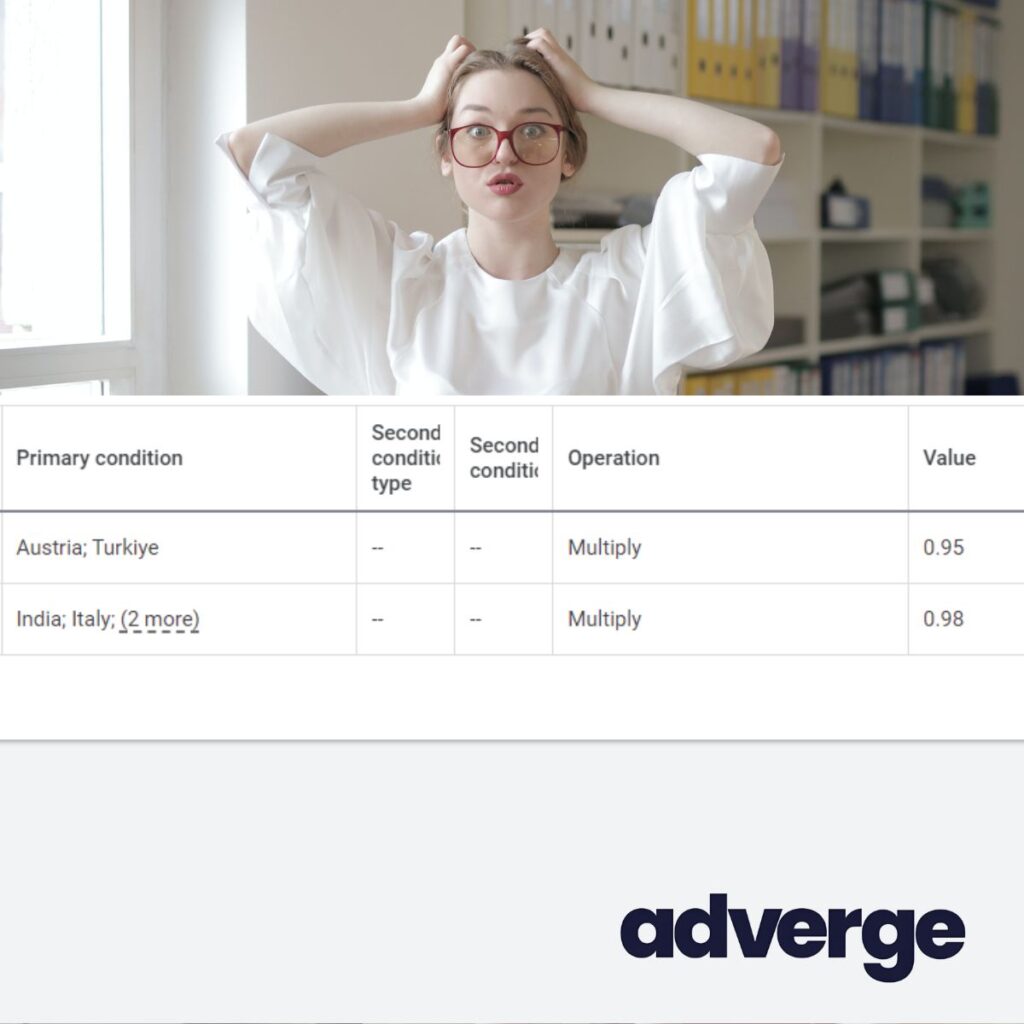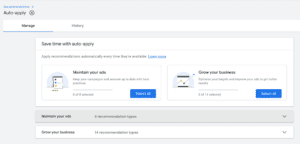Digital Service Taxes (DST) have gained traction globally, with countries like the UK, India, and various European nations implementing them to charge significant amounts in taxes from tech giants such as Google, Amazon, and Apple. While this move has proven successful in meeting tax targets, it has unintended consequences for advertisers. In this blog post, we will explore how these taxes are passed on to advertisers and discuss strategies to adjust for these costs to obtain a true Return on Advertising Spend (ROAS).
Understanding the DST Tax: Digital Service Taxes are levies imposed on revenues generated by digital service providers in a particular country. European countries have been particularly successful in charging substantial amounts in taxes from US advertising platforms. The collected revenue is expected to reach 3-4 billion by 2024. However, the burden of this tax does not fall on the tech giants themselves but rather on the advertisers.
Costs Passed on to Advertisers: Rather than absorbing the DST tax, Google, Amazon, and other platforms have chosen to pass it on to the advertisers. As a result, advertisers bear the additional cost as an extra expense on their invoices, while it remains invisible in their Google Ads interface and ROAS calculations. This lack of transparency limits advertisers’ ability to accurately gauge their profitability.
Google’s Recommendation and Its Limitations: When advertisers raise concerns about the additional tax burden, Google suggests explicitly excluding the jurisdictions where the unintended tax charges occur from their targeting settings. However, this recommendation fails to address the core issue. Advertisers are not primarily concerned about unintended jurisdictions but about their profitability. Unexpectedly paying substantial amounts in additional taxes undermines their ability to generate profits.
Adverge’s Approach: Adjusting Bids for True ROAS: At Adverge, we understand the challenges that global advertisers face due to DST taxes. Instead of solely relying on Google’s recommendation, we propose a different strategy. By using Conversion Value Modifiers, advertisers can adjust their ROAS targets by 2-5% to account for DST taxes. This adjustment enables advertisers to obtain a clearer picture of the true ROAS within each country.
Benefits of Adjusting ROAS Targets: By adjusting ROAS targets to reflect the impact of DST taxes, advertisers can:
- Accurately Evaluate Profitability: By factoring in the additional expenses imposed by DST taxes, advertisers can assess their true profitability in each country, allowing for more informed decision-making.
- Optimize Budget Allocation: Adjusting ROAS targets helps advertisers allocate their advertising budgets more effectively. They can identify countries where the tax burden is higher and make data-driven decisions regarding resource allocation.
- Maintain Competitive Advantage: Advertisers who proactively adjust their strategies to account for DST taxes gain a competitive edge. They can adapt their bidding strategies to maximize returns while considering the tax implications, thereby maintaining profitability.
Conclusion: While Digital Service Taxes have proven beneficial for governments seeking to generate revenue from tech giants, the burden falls on advertisers who face additional costs without clear visibility. Adverge recommends adjusting ROAS targets using Conversion Value Modifiers to ensure a more accurate understanding of profitability. By implementing this strategy, global advertisers can navigate the complexities of DST taxes and make informed decisions to maximize returns on their advertising investments.







